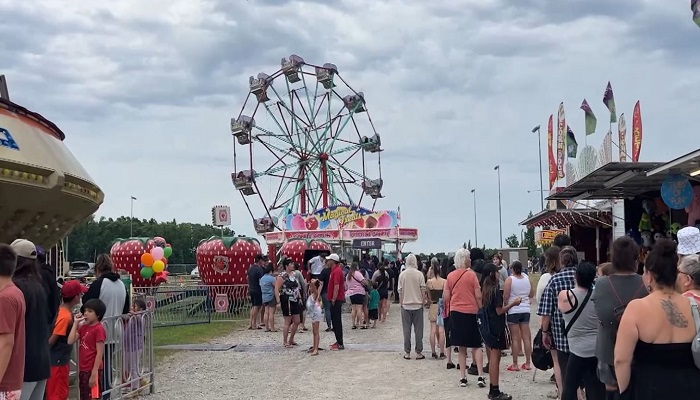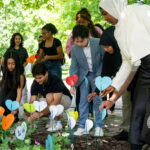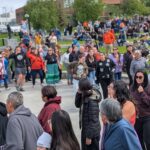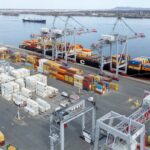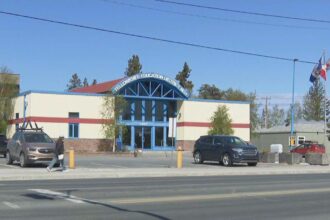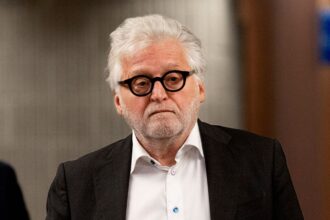The rhythmic beating of drums echoed across parks and public spaces throughout Canada yesterday as communities gathered to celebrate National Indigenous Peoples Day 2024. From dawn ceremonies in Halifax to sunset celebrations in Victoria, the day served as a powerful reminder of the enduring presence and vital contributions of First Nations, Inuit, and Métis peoples to Canada’s cultural landscape.
“Today is not just about acknowledging our past, but celebrating our present and building our future,” said Elder Marilyn Buffalo at Edmonton’s central gathering. “When we share our traditions, we create understanding that bridges divides.”
This year’s celebrations took on special significance amid ongoing national conversations about reconciliation. In Toronto’s Nathan Phillips Square, thousands gathered for what organizers called the largest Indigenous Peoples Day event in the city’s history. Attendees participated in traditional dance workshops, sampled Indigenous cuisine, and engaged with artisans showcasing everything from intricate beadwork to contemporary Indigenous fashion.
The federal government announced several initiatives to coincide with the celebrations, including $24 million in additional funding for Indigenous language preservation programs across the country. Minister of Crown-Indigenous Relations Marc Miller described the investment as “essential to preserving knowledge systems that have sustained communities for millennia.”
In Winnipeg, The Forks historic site hosted a gathering that emphasized intergenerational knowledge transfer, with elders leading teaching circles on traditional medicines, storytelling techniques, and environmental stewardship. “What we’re witnessing today is the resilience of peoples who have faced systematic attempts to erase their cultures,” noted Dr. Pamela McCallum, Indigenous studies professor at the University of Manitoba. “Yet here we are, celebrating traditions that have not just survived but continue to evolve.”
The celebrations weren’t limited to major urban centers. In northern communities, events took on distinct regional characteristics. In Iqaluit, Inuit games demonstrations drew competitive participants, while in Whitehorse, a special focus was placed on Indigenous innovation in addressing climate change challenges.
Corporate Canada also showed increased engagement this year. Major banks, energy companies, and retailers implemented Indigenous-led programming and announced partnerships with Indigenous businesses and educational institutions. Critics, however, noted that meaningful action must extend beyond a single day of recognition.
“While the celebrations are important and welcome, we must remember that true reconciliation requires year-round commitment to addressing systemic inequities,” said Regional Chief Terry Teegee of the British Columbia Assembly of First Nations. “Today we celebrate; tomorrow we continue the work.”
For many Indigenous youth, the day provided an opportunity to connect with traditions while exploring contemporary expressions of identity. In Montreal, Indigenous hip-hop artists performed alongside traditional drum groups, creating a unique fusion that resonated with young attendees.
“I see my generation embracing our heritage while also creating something new,” said 22-year-old Melissa Cardinal, a Cree artist from Saskatchewan. “That’s how cultures stay alive—they grow and adapt while maintaining their core values.”
As the sun set on communities across the country, many participants reflected on the progress made and challenges ahead. The celebrations highlighted both the richness of Indigenous cultures and the ongoing journey toward meaningful reconciliation in Canadian society.
What remains to be seen is how the spirit of unity displayed during these celebrations will translate into sustained action addressing the structural barriers that continue to impact Indigenous communities across Canada. Will the conversations started yesterday lead to meaningful policy changes, or will they fade until next year’s celebrations?

